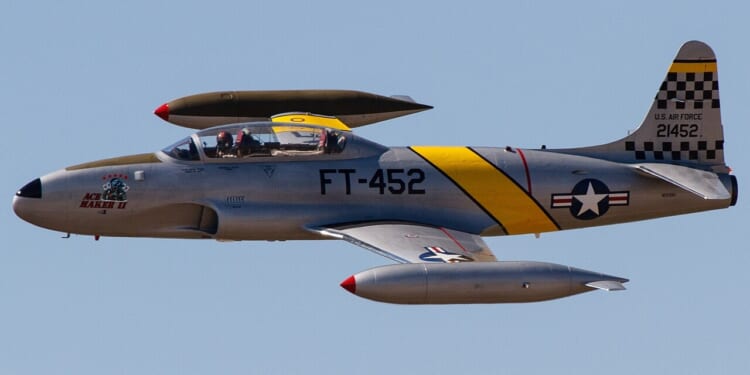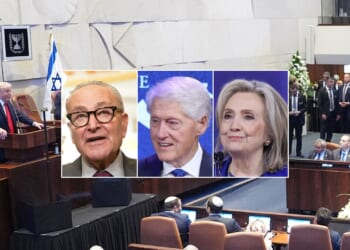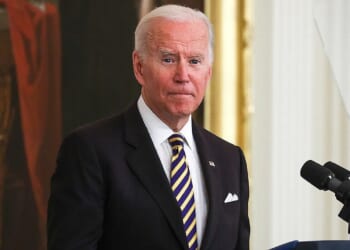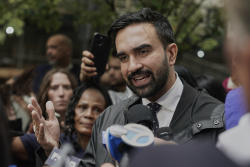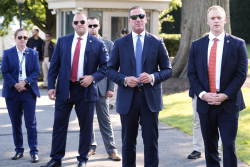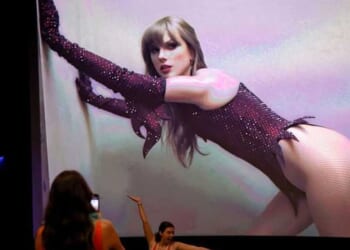Six of the US Air Force’s most iconic aircraft were featured in the 1983 film The Right Stuff—each of which played a role in advancing America’s exploration of space.
The Right Stuff (1983) is arguably the best movie ever made about space exploration. Based on Tom Wolfe’s book of the same name, The Right Stuff follows the creation and accomplishments of the Mercury Seven—the seven pilots chosen for NASA’s first manned space program, Project Mercury.
While the book centers on the exploits of the Mercury Seven during their time with NASA, the film also follows famed test pilot Chuck Yeager—and is notable as an absolute cornucopia of military aviation, and a must-watch film for anyone enthusiastic about military aviation. Here’s a rundown of some of the different aircraft featured in The Right Stuff.
Bell X-1: The World’s First Supersonic Plane
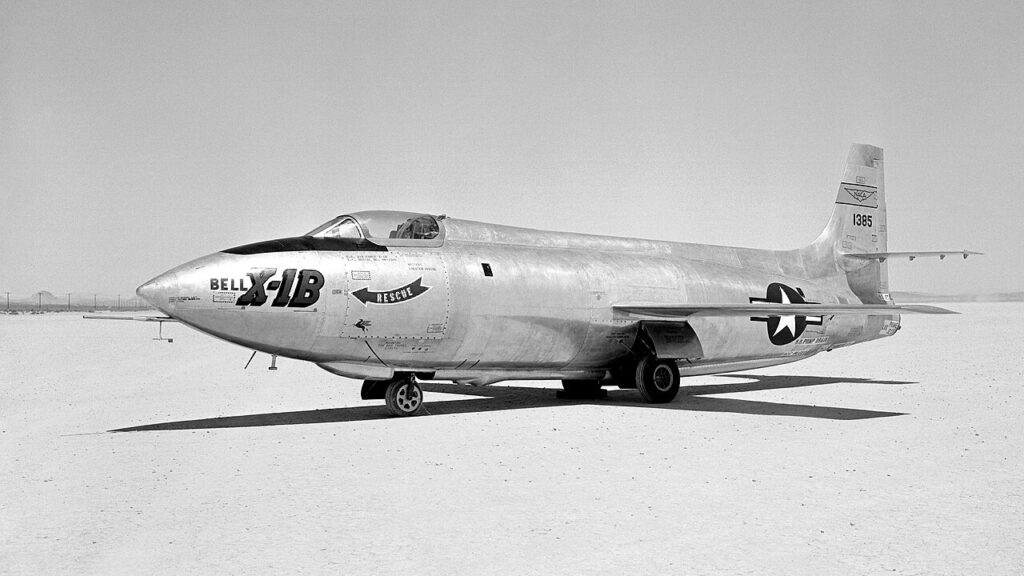
The film doesn’t just follow the Mercury Seven, but also Chuck Yeager, the test pilot who first broke the sound barrier in 1947. As Yeager never attended college, he was not eligible for the NASA program.
This fact is presented in the film as a point of resentment by Yeager—who serves as a counterpart to the astronauts. While the Mercury Seven largely function as passengers, flying “Spam in a can” style aboard the Mercury capsule, Yeager is shown very much in control of a variety of aircraft—starting with his sound-barrier-breaking flight aboard the Bell X-1.
Boeing EB-50A Superfortress: The X-1’s Launching Platform
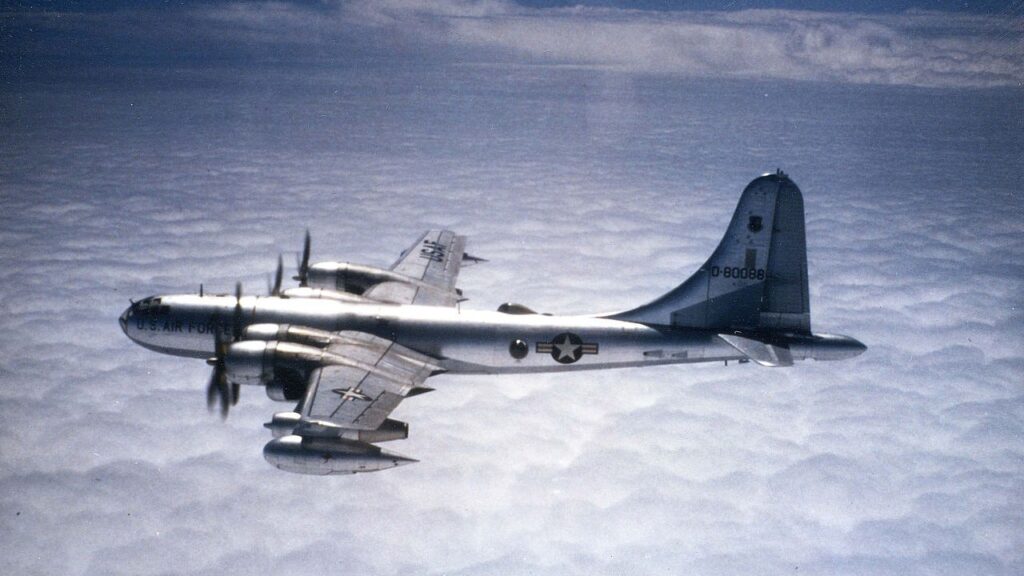
The X-1 did not take off from a runway, under its own power, like a conventional aircraft. Instead, the X-1 was taken aloft beneath the fuselage of a mothership, the Boeing EB-50A Superfortress, which was specially modified to carry the X-1. In the film, Yeager descends from the EB-50 into the cockpit of the X-1, before taking his historic flight.
Lockheed F-104G Starfighter: The Fastest Plane of an Era
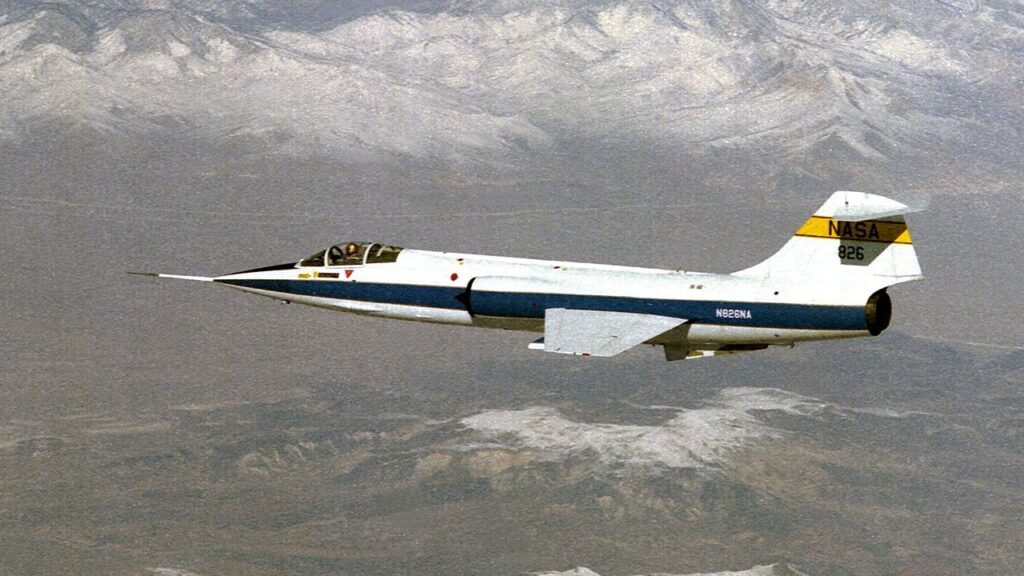
The film starts with Yeager and essentially ends with Yeager, as he attempts to set a new speed record in the F-104 Starfighter. In real life, the flight depicted in the film was conducted in an NF-104A, which included a rocket engine. The aircraft in the film is not the rocket-version, but instead the “standard” F-104. Still, the aircraft is gorgeous and missile-shaped, likely the Century Series’ most iconic moment in film.
Douglas A-4M Skyhawk: A Trainer for Future Astronauts
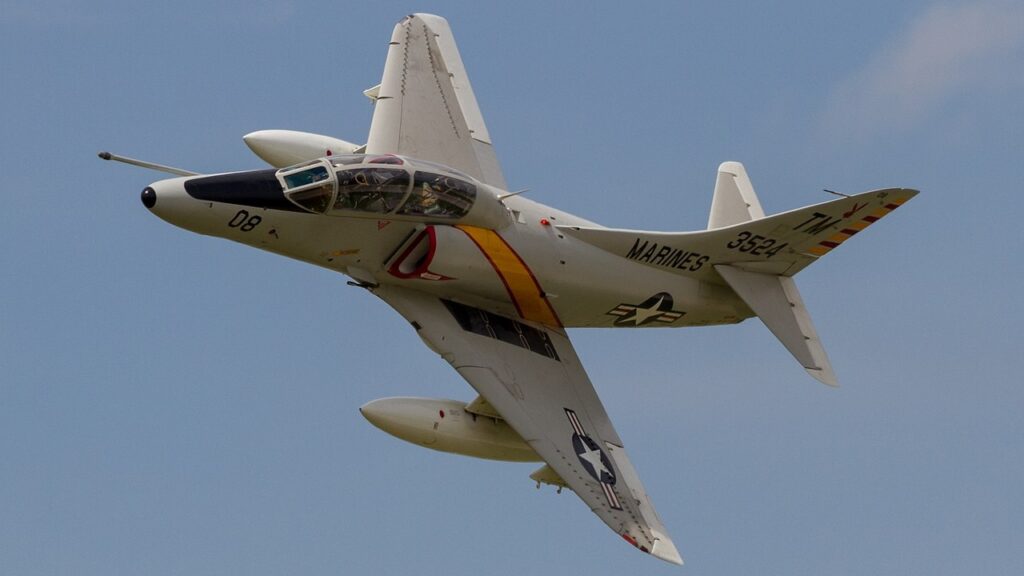
Alan Shepard, a Naval aviator who was selected to join the Mercury Seven—and would one day hit a golf ball on the moon—is introduced as he lands his A-4 Skyhawk aboard the USS Coral Sea aircraft carrier. The footage offers a great perspective of the Skyhawk’s small size, and a great perspective of the carrier’s tailhook/arresting cable in action.
Sikorsky H-34 Choctaw: The Rescue Helicopter
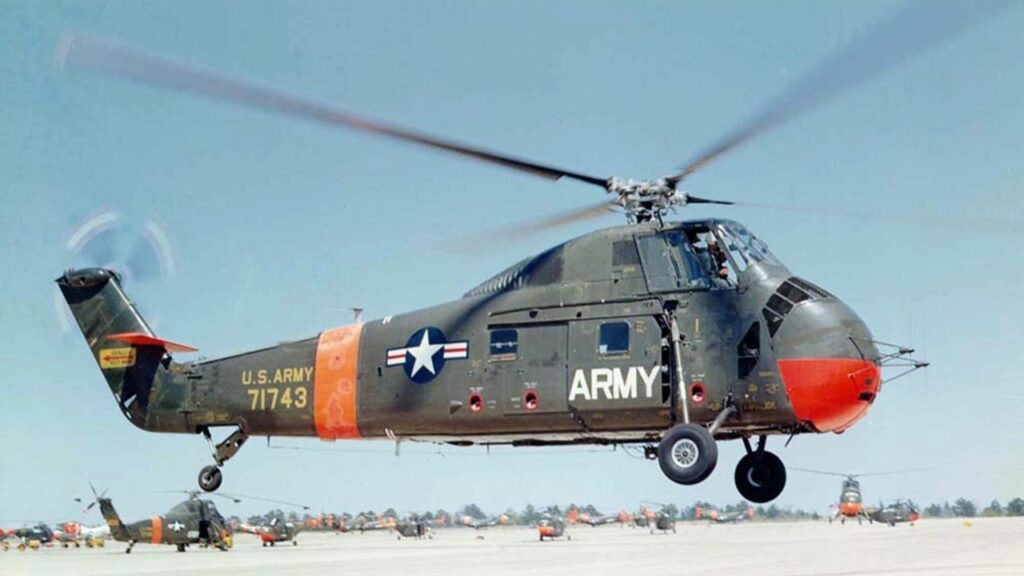
The H-34 Choctaw is tailored to look like the Sikorsky HUS-1 Seahorse that was used in the real life retrievals of the Mercury capsules. In the film, the H-34 is featured prominently in a scene where Gus Grissolm’s hatch blows, his capsule takes on water (and sinks to the bottom of the Ocean), and he is clumsily retrieved.
Lockheed T-33 Shooting Star: A Somber Reminder
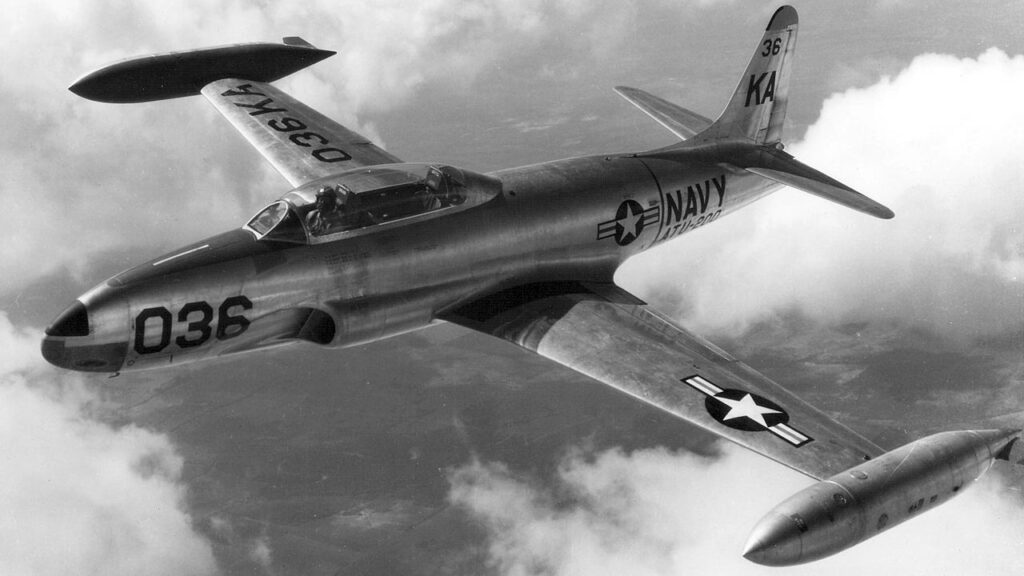
The T-33 Shooting Star is shown during one of the film’s more poignant moments, a military funeral for a downed pilot. The T-33 is shown conducting the Missing Man formation as the funeral concludes. The T-33 is easy to recognize thanks to its wing-tip external fuel pods and somewhat bulbous nose.
About the Author: Harrison Kass
Harrison Kass is a senior defense and national security writer at The National Interest. Kass is an attorney and former political candidate who joined the US Air Force as a pilot trainee before being medically discharged. He focuses on military strategy, aerospace, and global security affairs. He holds a JD from the University of Oregon and a master’s in Global Journalism and International Relations from NYU.
Image: Wikimedia Commons.

